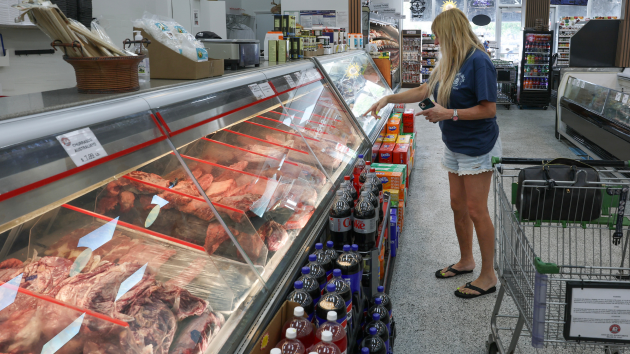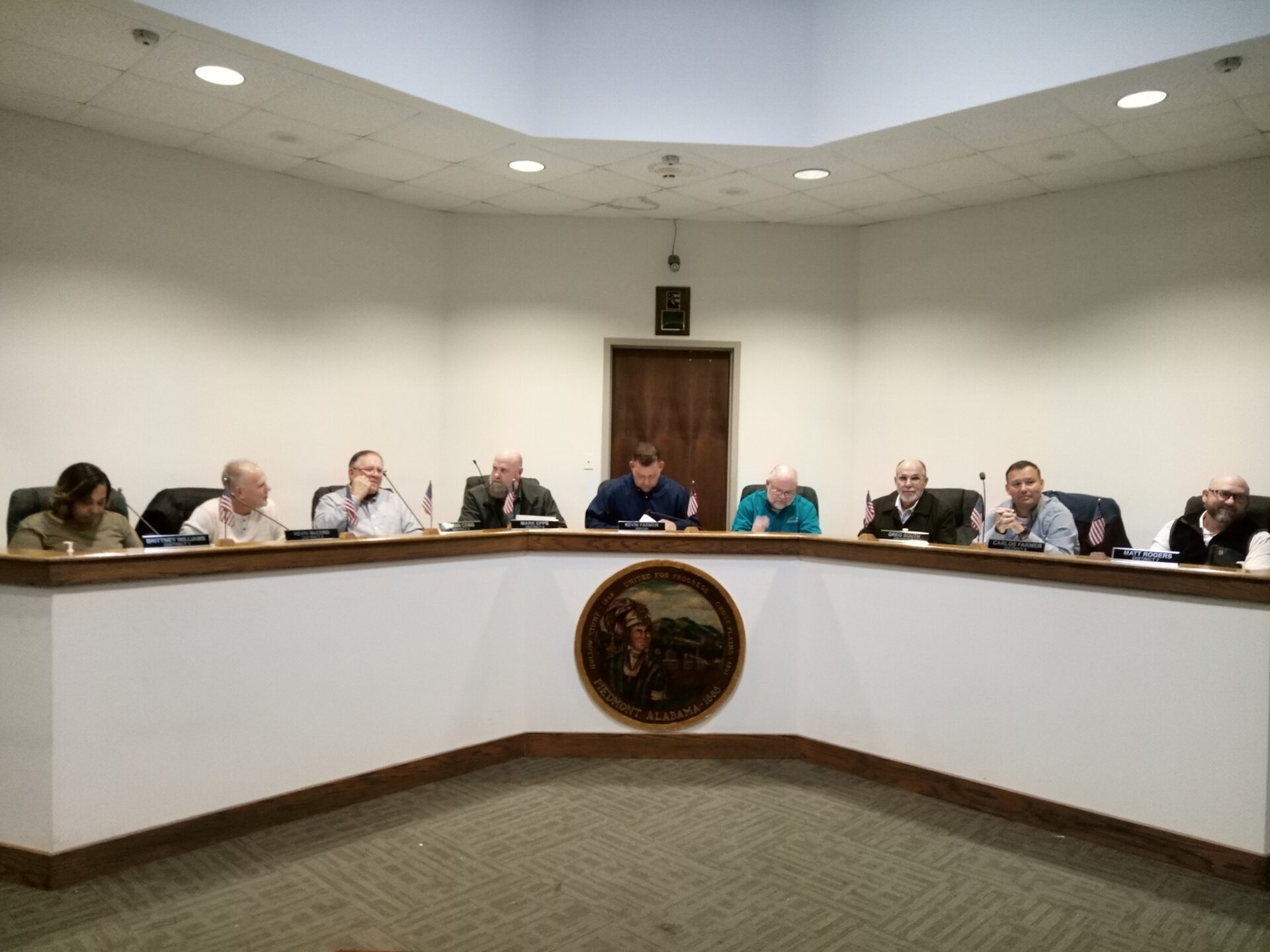
(WASHINGTON) — Consumer prices rose 2.7% in July compared to a year ago, clocking in lower than economists expected and holding steady from the previous month. The reading defied fears of further price increases as result of President Donald Trump’s tariffs.
The inflation report is the first major data release from the U.S. Bureau of Labor Statistics (BLS) since Trump fired the agency’s commissioner earlier this month, just hours after the release of a weak jobs report.
The reading snaps two consecutive months of increased inflation. Price hikes stand below a 3% rate recorded in January, the month Trump took office.
In recent months, tariffs modestly contributed to the uptick in overall inflation, analysts previously told ABC News.
Core inflation — a closely watched measure that strips out volatile food and energy prices — increased 3.1% over the year ending in July, ticking higher than the previous month, data showed. Housing costs made up the primary driver of inflation last month, the BLS said.
Eggs — a symbol of price increases over recent years — saw prices drop 3.4% from June to July. Still, egg prices stand more than 16% higher than where they stood a year ago.
On Aug. 1, Trump fired BLS Commissioner Erika McEntarfer, an appointee of former President Joe Biden who was confirmed by a bipartisan vote in the Senate in 2024.
In a social media post, Trump leveled strident criticism and baseless accusations at McEntarfer, claiming without evidence that the data had been “manipulated.” The jobs report featured revisions of previous months’ data, which is a routine practice.
The president touted his economic performance in a social media post: “The Economy is BOOMING under ‘TRUMP’ despite a Fed that also plays games, this time with Interest Rates.”
BLS Deputy Commissioner William Wiatrowski is serving as acting commissioner while the Trump administration selects a replacement.
The inflation report arrived at a wobbly moment for the U.S. economy. The weak Aug. 1 jobs report raised alarm among some analysts that the U.S. may be slipping toward a recession. Employers are hiring at their slowest pace since 2020, the jobs data showed.
That came two days after GDP data indicated average annualized growth of 1.2% over the first half of 2025, well below the 2.8% growth in the same period last year.
The combination of elevated prices and sluggish hiring could hurtle the U.S. toward an economic double-whammy known as “stagflation,” in which the economy slows while prices rise.
Potential stagflation poses difficulty for the Federal Reserve. If the Fed raises interest rates as a means of protecting against tariff-induced inflation under such a scenario, it risks stifling borrowing and slowing the economy further. On the other hand, if the Fed lowers rates to stimulate the economy in the face of a potential slowdown, it threatens to boost spending and worsen inflation.
The Fed will hold its next rate-setting meeting in September. Investors peg the chances of an interest rate cut at 86%, according to the CME FedWatch Tool, a measure of market sentiment.
Copyright © 2025, ABC Audio. All rights reserved.


